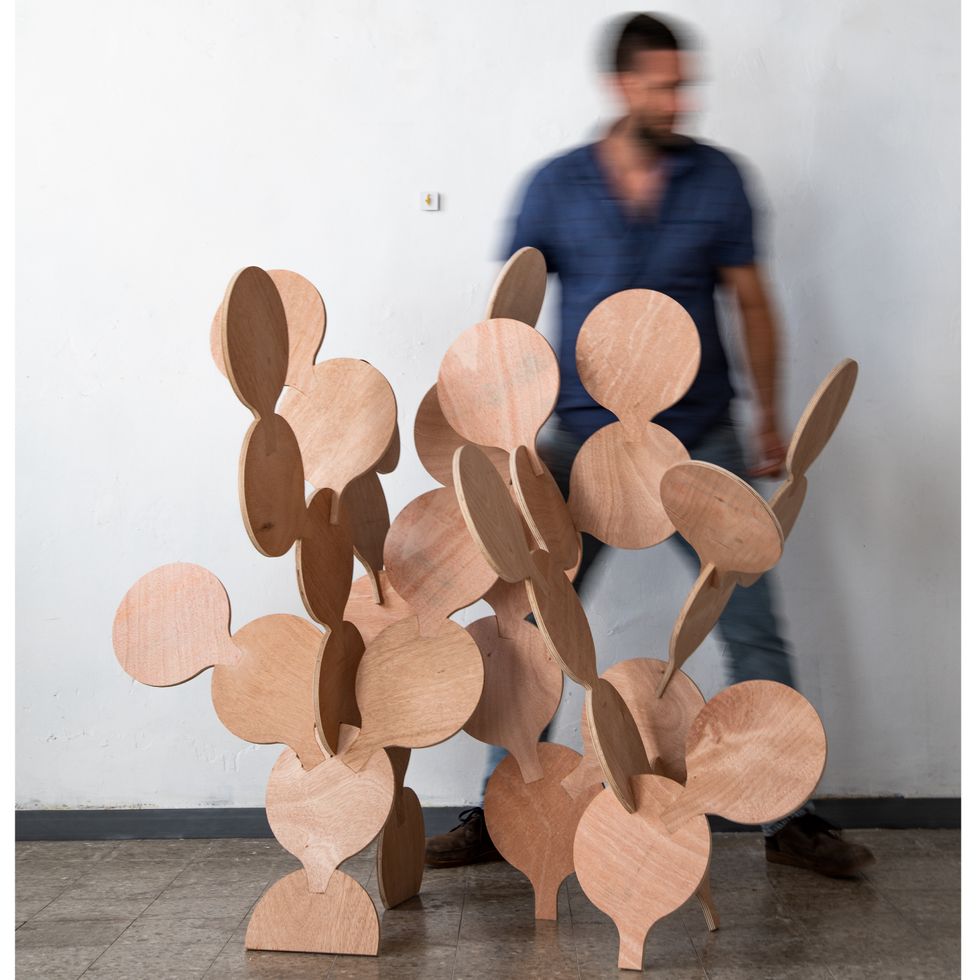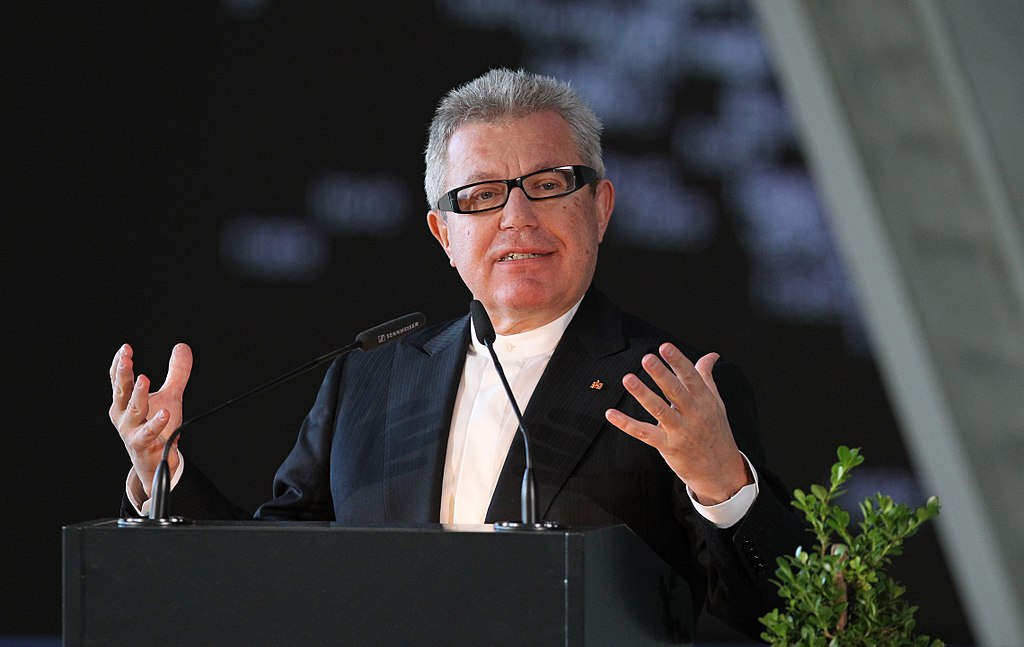As an Israeli whose family has Central European roots, Amir Rozei is a multidisciplinary architect with an exciting story. Upon graduating from Haifa University nearly a decade ago, Rozei’s career began auspiciously, landing an internship at the famed Daniel Libeskind Studio in New York City. For the past six years, Rozei has worked successfully ever since at one of Israel’s leading architectural firms.
Author: Jared Feldschreiber
Rozei’s Central European roots are attributed to his Romanian-born father emigrating to Israel with his family in the early 1960s. Even before Romania fell under Nazi control, its authorities already pursued a harsh and persecutory brand of antisemitism, particularly against Jews “living in the eastern borderlands, who were falsely associated with Soviet communism, and those living in Transylvania who were identified with past Hungarian rule,” as cited by the U.S. Holocaust Memorial Museum. In addition, right-wing social-revolutionary movements, such as the fascist Iron Guard, found significant popular support for total Jewish expulsion from any places of political or socioeconomic power. The Jews were treated harshly by Romanian authorities, and by late November 1940, this nation formally joined the Axis alliance. The horrors of the Holocaust were also severely felt within Romania’s borders.

The photo was provided by Shay Halevi.
In June 1941, within days of the German invasion of the Soviet Union, the Romanian authorities staged a pogrom against its Jewish population. Violent riots were perpetrated against all existing Jews within the city of Iaşi. A tenth of the city’s population — which consisted of more than 13,000 people — were systematically murdered within days, and it was estimated that up to 380,000 Jews were soon killed. A total of approximately 220,000 Romanian Jews were slain during the ensuing years with at least 90,000 in Northern Transylvania deported to Auschwitz by Hungarian authorities. These figures were also registered by the U.S. Holocaust Memorial Museum.
“My dad and his family came [to Israel] from Romania in 1961 after they gained permission [from authorities]. This was twelve years after the communists killed my grandpa,” Rozei tells CEA Magazine. During the communist era, Romania allowed limited numbers of Jews to emigrate to Israel in exchange for Israeli economic aid. Up through the mid-1960s, Israel had also funded agricultural and industrial projects throughout Romania in exchange for allowing a finite number of Jews access to emigrate to Israel. “My mother and her family arrived from Vienna shortly after Kristallnacht.” This harrowing event that occurred on Nov. 9-10, 1938, proved to be a terrible harbinger of things to come as the Nazi Party’s Sturmabteilung (SA) paramilitary and Schutzstaffel (SS) paramilitary, and Hitler Youth, led a large-scale pogrom. “Both sides of my family began [their new lives] when they came to Israel. They grew up in a period with a different atmosphere in which there weren’t any shortcuts for them. They couldn’t rely on any type of connections like some are lucky to have today.”

The photo was provided by WikiCommons.
Rozei’s vast portfolio as an architect has led him to work on projects with clients in Riedberg, Bern, New York, and Tel Aviv where he lives with his entrepreneurial wife, Shira, and their young son. He continues to design all types of crafts in different modes of furniture, fashion, and architecture. “The New York grid is, above all, like a shield that constrains and preserves the architecture of the city, so there is a difference between urban space and the blocks themselves,” observes Rozei. “I think this teaches us as architects to be humble and to know that every object we create is a micro-universe within an [even larger] system.”

The photo is provided by WikiCommons.
Daniel Libeskind, who was born in Łódź, Poland, founded his eponymously named studio in 1989 with his wife Nina and is universally seen as the preeminent architect of his day. He is responsible for laying out the architectural blueprint of the lauded Jewish Museum in Berlin, as well as the master plan architect for the reconstruction of the World Trade Center in downtown New York. Libeskind, the second child of Holocaust survivors, whose other lionized constructions include the Grand Canal Theatre in Dublin, the Danish Jewish Museum in Copenhagen, and the Mo Modern Art Museum in Vilnius, received the 14th International Peace Prize Dresden Prize on February 19. “As almost no other architect has been able to do, Libeskind has created an unforgettable architectural initiative to remember the victims of the Holocaust, war, and terrorism in recent decades,” declared the jury of the Dresden Prize.
Rozei, who can uniquely say he has worked with Libeskind, offers his assessment of one of the world’s most influential creators.
“Mr. Libeskind deals with conflicts of disassembling [things] while also assembling [these same] processes; all of which never seem to end. It’s [almost] like it’s a piece of human life or a family nation,” observes Rozei. “His works try to give space for Jewish identity. His sharp shapes are parts of the Magen David (the Star of David, and the Jewish people’s main symbol). Working with text and objects are ways to connect to Jewish history and its future.”
Taking cues from his experiences working with Libeskind and having his ancestors overcome the scars of the Holocaust in Central Europe, Rozei says that he “observes these values. They lead me to create and find my path of seeking identity as an Israeli Jew. I am not an activist nor am I a political person, but I feel that my [artistic work] is like playing the shofar (ram’s horn). In this way, I have full control of my destiny and I can connect to places and with people.”
Cover Photo Credit: Shay Halevi

Jared Feldschreiber is a freelance reporter and contributor to Central European Affairs Magazine. He is based in Warsaw, Poland, and often chronicles literary figures, filmmakers, and dissidents in nascent democracies. Reckless Abandon, his novella, is available worldwide.
Twitter: @jmfeldschreiber
Photo credit: Ilan Sherman



